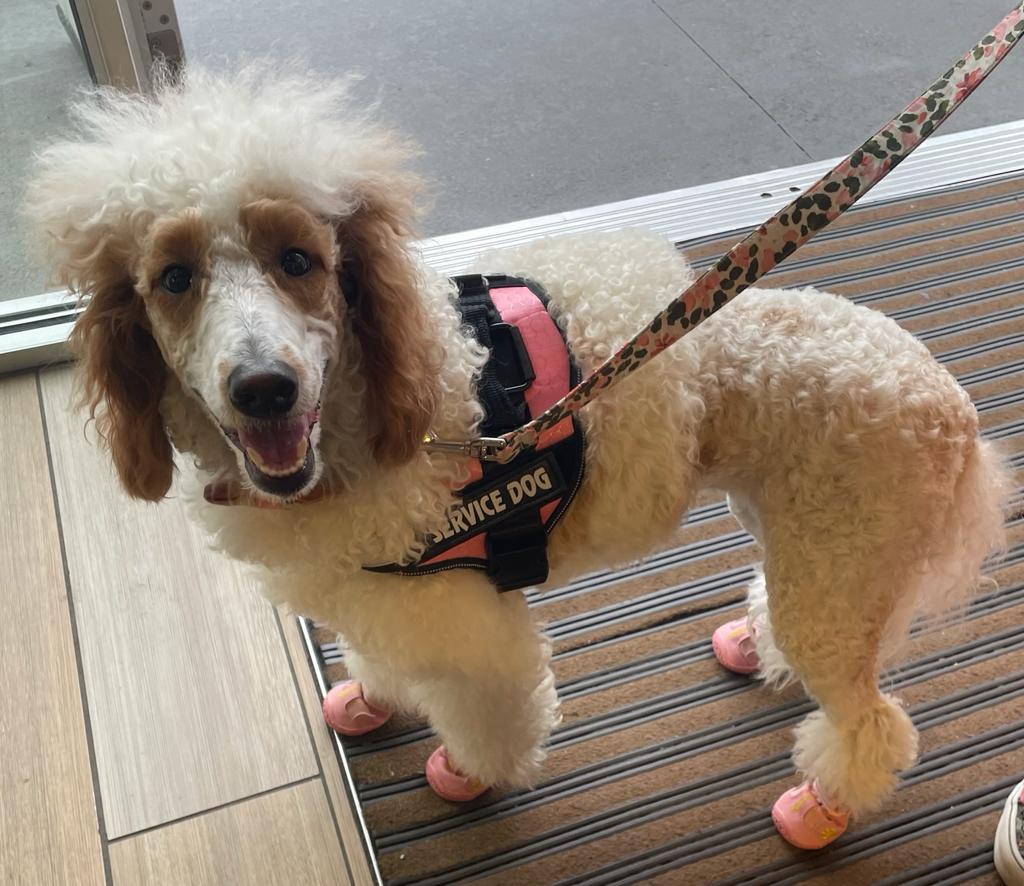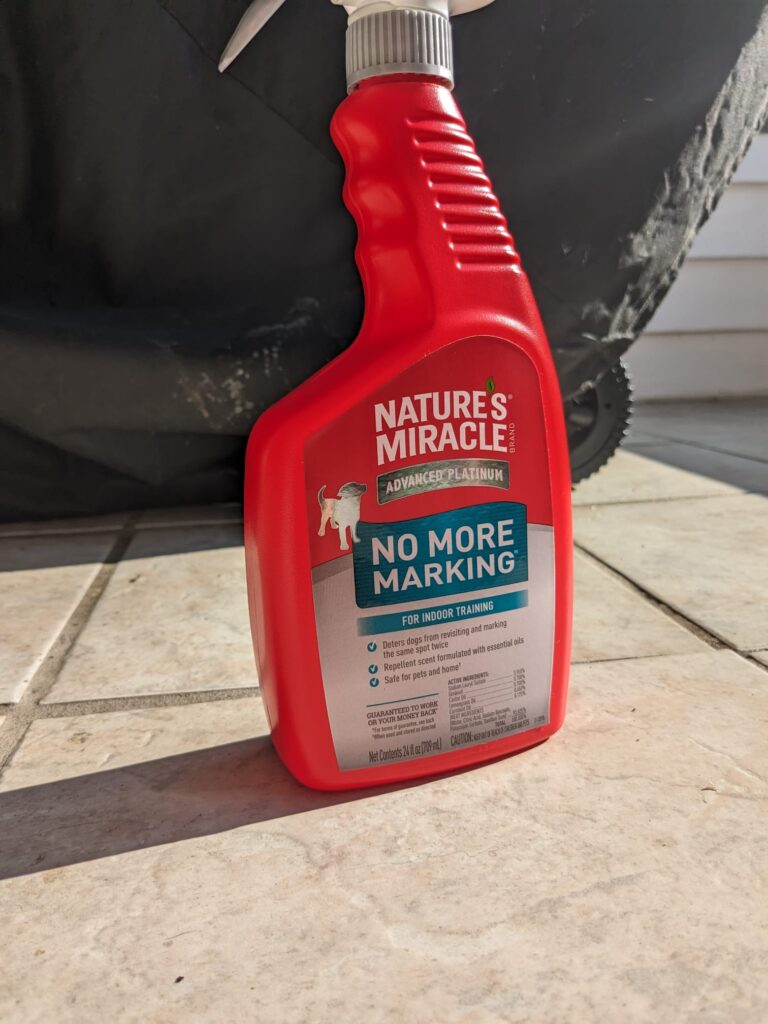Canine Protective Clothing: Necessity or Novelty?
As autumn approaches and temperatures begin to drop, I’ve noticed a surge in the availability of pet socks and clothing in stores. This has sparked a question in my mind: do dogs truly need these garments? It’s not uncommon to witness documentaries featuring dogs in regions like Alaska or Siberia, effortlessly navigating subzero temperatures without any external protection. Given that dogs are descendants of wolves and have natural adaptations for colder climates, one may wonder if these canine garments are primarily a marketing strategy, tempting individuals into unnecessary expenses. Let’s explore this matter and determine the necessity for ourselves.

Dogs possess remarkable adaptations that equip them to endure colder temperatures. Their fur, intricately woven with hair follicles and sebaceous glands, acts as a highly efficient natural insulator. This dense fur coat creates a protective barrier against external cold, trapping a layer of warm air close to the skin and aiding in maintaining a stable body temperature even in chilly environments.
Adaptations of dog breeds
Certain dog breeds have notably thick coats or double coats, consisting of both an outer layer and a dense undercoat. These breeds have evolved to thrive in colder climates and often exhibit a distinctive, plush appearance. Examples include the Siberian Husky, Alaskan Malamute, and Samoyed, known for their exceptional insulation against low temperatures. Additionally, breeds like the Chow Chow, Newfoundland, and Bernese Mountain Dog are recognized for their dense fur, providing them with a robust defense against chilly conditions. Breeds such as the Shetland Sheepdog, Golden Retriever, and Border Collie strike a balance between insulating and manageable coats. These dogs, with their unique fur, contribute to the diverse array of canine adaptations that enable them to flourish in various environments. Proper grooming and care are essential for these breeds to maintain healthy and well-functioning coats throughout the year. Furthermore, dogs have finely-tuned circulatory systems that respond adeptly to temperature changes. When exposed to colder environments, the body initiates vasoconstriction—a process in which blood vessels constrict to reduce blood flow to the extremities. This conserves heat and directs it towards vital organs, ensuring they remain adequately warmed.
This adaptation is particularly evident in breeds with double coats. These dogs feature an outer layer of guard hairs that repel moisture and provide an additional layer of insulation. Beneath this layer lies a soft undercoat, densely packed with fine hairs that further enhance insulation. This dual-layered system is a testament to the marvels of evolutionary engineering, enabling certain breeds to thrive in cold climates.
it’s important to emphasize that while dogs possess inherent adaptations for colder temperatures, there are specific circumstances where additional protective measures become crucial. The breed size, age, and overall health of an individual dog can significantly impact their ability to tolerate colder weather. For instance, small or short-haired breeds like the Chihuahua, Dachshund, and Greyhound, may have a harder time regulating their body temperature in chilly conditions. Similarly, puppies, with their developing immune systems, and senior dogs, who may have reduced ability to regulate body temperature, are more susceptible to the cold. Breeds like the Pomeranian, Bichon Frise, and Chinese Crested, known for their diminutive size and lack of insulating fur, can particularly benefit from the extra layer of insulation provided by specialized clothing.
Short-haired breeds – when to consider protective clothing
For short-haired breeds, protective clothing becomes particularly important when temperatures drop to levels that may challenge their natural ability to regulate body heat. While each dog is unique and may have individual tolerance levels, as a general guideline, short-haired breeds may benefit from protective clothing in the following temperature ranges:
Below 50°F (10°C): At this temperature range, short-haired dogs, such as Dachshunds, Chihuahuas, and Greyhounds, may start to feel discomfort and have difficulty maintaining their body heat. A lightweight sweater or coat can provide an extra layer of insulation.
Below 40°F (4.4°C): As temperatures dip lower, it’s advisable to consider using a more substantial coat or sweater, especially during prolonged outdoor activities. Breeds like the Italian Greyhound, Boston Terrier, and American Bulldog may benefit from added protection.
Below freezing (32°F or 0°C): In freezing temperatures, it’s crucial to provide short-haired breeds with adequate protection. A well-fitted, insulated coat or jacket can help prevent hypothermia and discomfort. Special attention should also be given to their paws, as cold surfaces can be uncomfortable or even harmful.
Sub-freezing temperatures with wind chill: Wind chill can significantly lower the perceived temperature and exacerbate the cold for short-haired dogs. In such conditions, a coat or sweater should be combined with additional protective gear like booties to keep them warm and shielded from the elements.
Long-haired dog breeds – when to consider protective clothing
Long-haired dog breeds typically possess a natural advantage in dealing with colder temperatures due to their thick and insulating coats. In extremely cold conditions, such as those below freezing, even breeds with ample fur like the Afghan Hound, Maltese, and Lhasa Apso may find added warmth in a well-insulated coat or jacket. Additionally, long-haired dogs can face discomfort in wet or snowy conditions, as their dense coats may become heavy and waterlogged. Breeds like the Shih Tzu, Yorkshire Terrier, and Maltese may especially appreciate a waterproof or water-resistant coat to stay dry and comfortable. For senior dogs or those with certain health conditions, maintaining a stable body temperature can be challenging regardless of coat length. In these cases, a coat or sweater can be a valuable tool to help them stay warm. Active long-haired breeds like the Collie, Tibetan Terrier, and Shetland Sheepdog may also benefit from protective clothing during extended outdoor activities, particularly if they’re likely to get wet, such as during hikes near bodies of water. Wind can significantly impact a dog’s perception of temperature, making a coat or sweater a wise choice even for long-haired breeds in windy conditions. While protective clothing is a valuable consideration, it should be complemented by other precautions like limiting outdoor exposure, providing warm bedding indoors, and ensuring access to fresh water. Remember to monitor your dog’s behavior and comfort level in cold weather and adjust their attire as needed. Consulting with a veterinarian can offer tailored recommendations based on your dog’s specific breed, age, health status, and the climate conditions in your area.
It’s worth noting that while protective clothing is a valuable tool, it should be used in conjunction with other measures such as limiting outdoor exposure, providing warm bedding indoors, and ensuring access to fresh water. Additionally, consult with your veterinarian for personalized advice based on your dog’s specific breed, health status, and climate conditions. Furthermore, dogs with specific medical conditions, such as arthritis or circulatory issues, may also require additional protection against the cold. Breeds like the Dalmatian, Doberman Pinscher, and Boxer, which may be prone to certain health issues, can greatly benefit from wearing sweaters, coats, or booties during inclement weather.
By recognizing the unique needs and vulnerabilities of different dog breeds, we can make informed decisions regarding the use of pet clothing. Tailoring our approach to each dog’s specific circumstances ensures their comfort, safety, and well-being, allowing them to continue to thrive in various environments and activities. It’s important to approach this matter with discernment, considering the individual needs and characteristics of each dog. Factors like breed, size, age, and overall health should all be taken into account when determining whether pet clothing is warranted. Additionally, ensuring that any clothing chosen fits properly and allows for comfortable movement is paramount.
In conclusion, while dogs do possess inherent adaptations for coping with colder temperatures, there are circumstances where pet clothing can provide valuable protection and enhance their well-being. Rather than dismissing these garments as mere marketing tactics, it is prudent to assess the specific needs of each dog and make informed decisions accordingly. By doing so, we can prioritize the comfort and health of our canine companions during the changing seasons.






